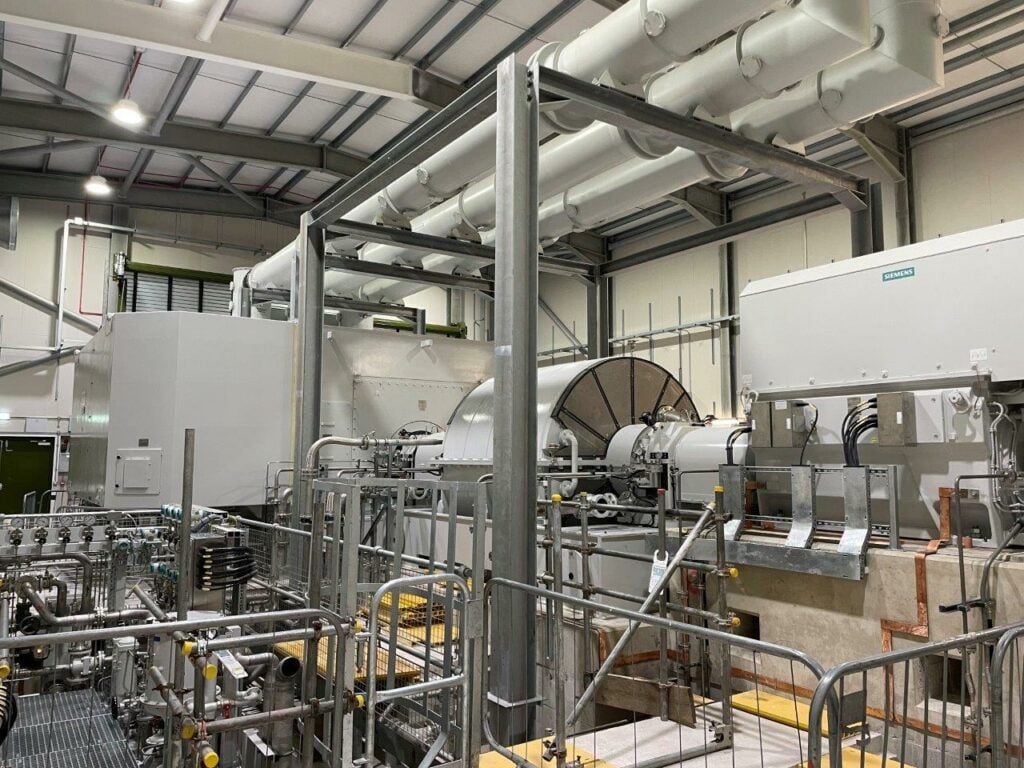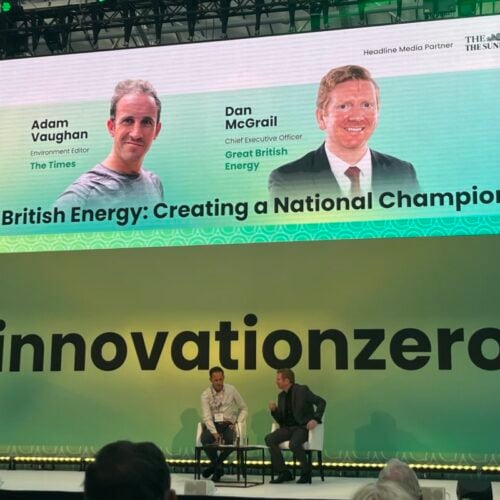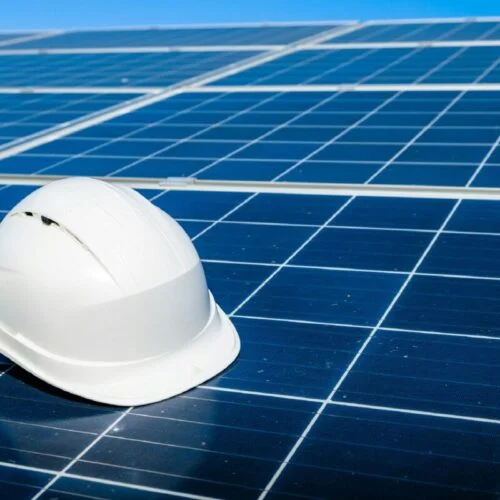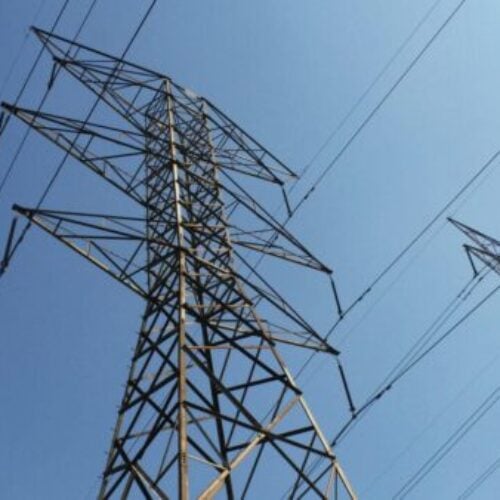Global investment manager Quinbrook Infrastructure Partners has closed £120 million in new debt financing for a portfolio of five synchronous condenser projects, a technology that could grant further grid stability in the UK.
A consortium of Siemens Financial Services through Siemens Bank, NatWest and NORD/LB, led the financing.
According to the organisation, this is the first portfolio financing of synchronous condensers awarded contracts in Phases I and II of National Grid’s Stability Pathfinder Programme.
Synchronous condensers are being used to provide zero-carbon inertia for the electricity network, ensuring stability in the UK. Currently, inertia is provided to the electricity grid using fossil fuel power stations, which need to be warmed in case they are needed to provide extra power.
The portfolio financing includes Quinbrook’s first synchronous condenser, located in Rassau, Wales. National Grid awarded this project a contract in Phase I of its programme, and it has exceeded operational targets since its completion in 2022.
Also included in the portfolio is Quinbrook’s “Scottish Portfolio” consisting of four synchronous condensers, which were awarded contracts in Phase II and are located near Gretna, Neilston, Rothienorman and Thurso. The Scottish Portfolio initiated construction works in 2023 and is expected to complete all the construction works and commence operations by the end of this year.
Both of these projects, developed in partnership with Welsh Power, are supported by availability-based fully inflation-linked revenues under contract with National Grid for a period of up to 10 years.
“Grid stability is a critical necessity for achieving a secure transition to a decarbonised power system and synchronous condensers are an innovative solution to address fundamental system needs,” said Keith Gains, managing director and UK regional lead for Quinbrook.
“Quinbrook has assembled the largest privately owned portfolio of synchronous condensers located across the UK that will allow National Grid to control system frequency and maintain grid stability as more renewables capacity is added to the UK power system.”






